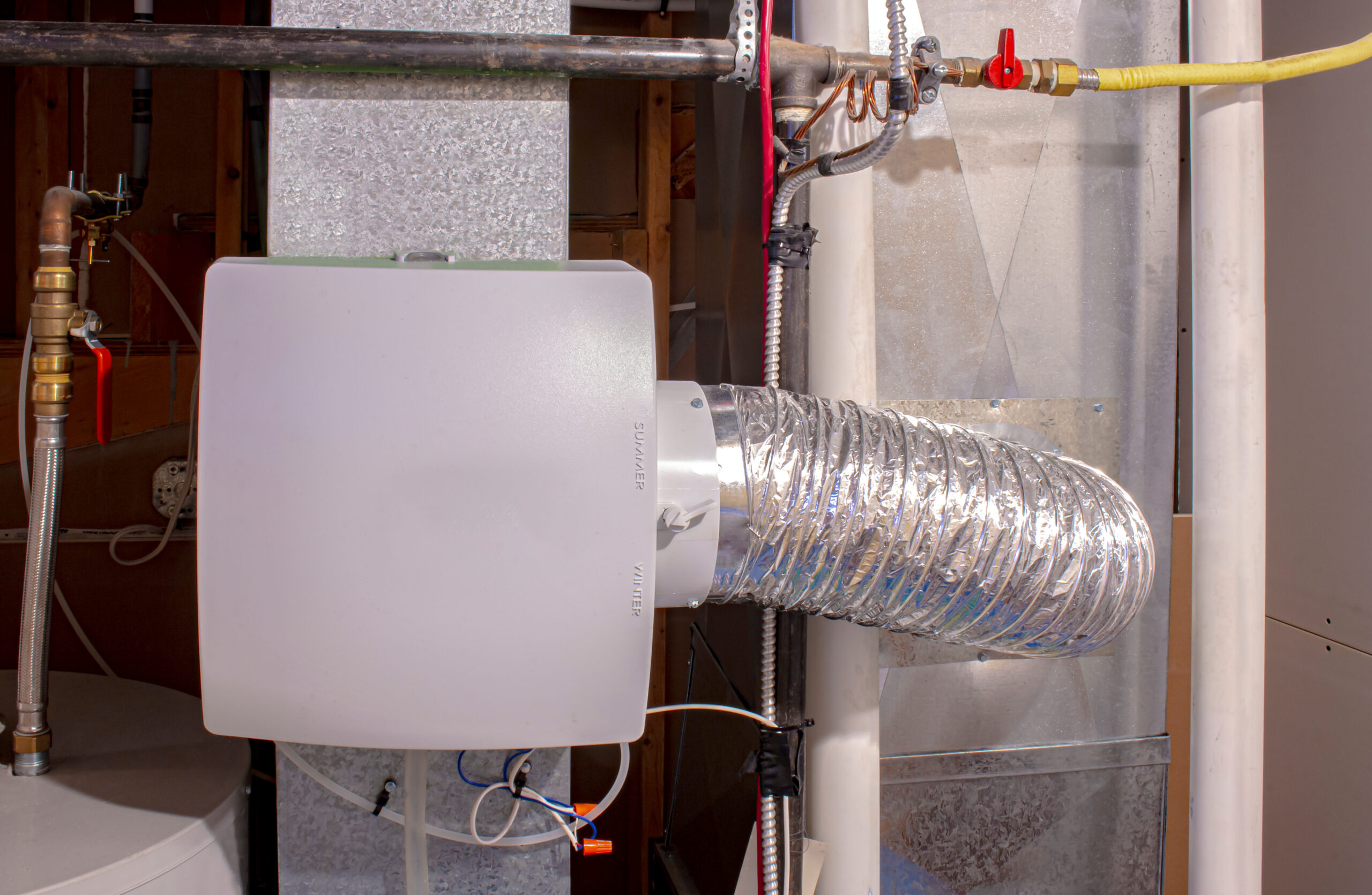Have you looked at your air conditioning system lately and noticed water pooling in the pan? It’s a common question: How much water should be in an AC drip pan? Understanding the difference between normal moisture and a potential problem can help you avoid costly repairs and water damage.
At Riverside Comfort Care, we help homeowners in Van Buren, Fort Smith, Alma, and Greenwood keep their HVAC systems running safely and efficiently. Let’s dive into what’s normal and what’s cause for concern.
What Is an AC Drip Pan and Why Is It Important?
The drip pan (also known as a condensate pan) sits underneath your evaporator coil. It collects water that forms when humid air inside your home passes over the cold coils, causing condensation. The collected water is supposed to drain away via a condensate drain line.
According to Energy.gov, regular inspection and maintenance of the drip pan and drain lines are crucial to prevent water damage and mold growth.
How Much Water Should Be in the AC Drip Pan?
Normal: A small, thin layer of water during cooling operation is normal, especially on humid days. You may see slight moisture while the system is running, but it should drain away quickly.
Abnormal: Standing water, overflowing pans, or constant water accumulation indicates a problem.
ASHRAE stresses that a properly functioning system should not have significant standing water in the pan for extended periods.
Causes of Excess Water in the Drip Pan
1. Clogged Condensate Drain Line
Over time, algae, mold, and debris can clog the drain line, preventing water from draining properly. This is one of the most common causes of standing water.
2. Broken or Cracked Drip Pan
If the drip pan itself is cracked or corroded, it won’t hold or direct water properly. This can lead to leaks and water damage around your air handler.
3. Frozen Evaporator Coil
A frozen coil can create excess melting water when it thaws, overwhelming the drip pan’s capacity. Frozen coils often indicate airflow problems or refrigerant issues.
Learn more about frozen coil issues at Energy Saver HVAC Problems.
4. Improper AC Installation or Leveling
If your AC unit wasn’t installed correctly or has shifted out of level, water might not flow properly into the drain line, leading to pooling.
Warning Signs You Have a Drip Pan Problem
- Visible standing water under the unit
- Water stains or ceiling damage
- Musty odors (sign of mold or mildew)
- Frequent system shut-offs (some systems shut down to prevent water overflow)
The EPA warns that excess moisture indoors can lead to indoor air quality issues and encourage mold growth.
How to Check Your AC Drip Pan
1: Turn off your AC system at the thermostat and breaker.
2: Locate the indoor unit, usually in a closet, attic, or garage.
3: Find the condensate pan beneath the evaporator coil.
4: Look for standing water, cracks, or rust in the pan.
5: Inspect the drain line for clogs (some systems have a cleanout port).
If you find standing water, a clog, or signs of mold, call a professional for safe cleaning and repairs.
Preventing Water Problems in Your AC System
- Change your air filter regularly to prevent coil freezing
- Schedule professional HVAC maintenance annually to check drain lines and pans
- Install a float switch to automatically shut off the system if water backs up
- Ensure your system is properly leveled during installation or maintenance
Visit our AC Maintenance Services page to learn how regular tune-ups help prevent costly water damage.
Why Choose Riverside Comfort Care for AC Repairs and Maintenance?
We offer expert AC inspections, repairs, and maintenance throughout:
We are BBB Accredited and proud Van Buren Chamber of Commerce members.
Our services include:
- Clearing clogged condensate drains
- Repairing or replacing damaged drip pans
- Checking and fixing coil issues
- Full HVAC tune-ups for optimal performance
Helpful Resources
Schedule AC Maintenance or Repair with Riverside Comfort Care
Unsure about the water in your AC drip pan? 📞 Call (479) 353-5266 or schedule service online with Riverside Comfort Care today. We’ll make sure your system is running cleanly, safely, and efficiently!



